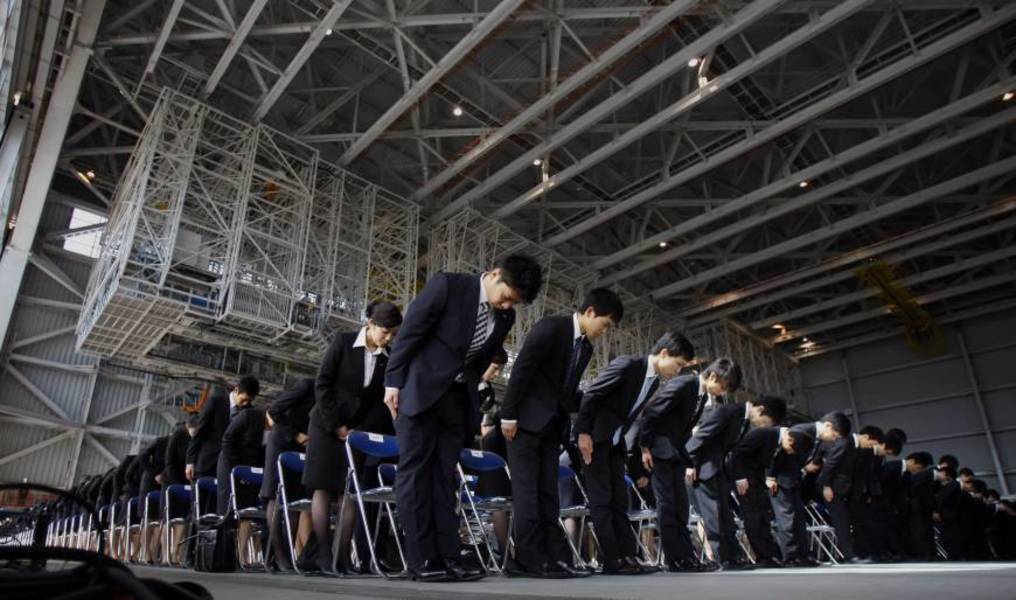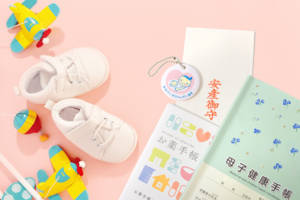What Kind of Resume Should I Create to Apply for a Position at a Japanese Corporation?
Saturday, December 16, 2017
... So finally, as Japanese corporations seem to be ready to embrace diversity, foreigners have more real chances to find better positions in Japan.

Lots of things and words have been said about this, but while we agree that a formal Japanese style resume would always help the company check your profile with less stress, by a Japanese resume in exactly the same format as other thousands of applicants that might be lurking for the same job, you are losing a very important factor: the chance to show this company you are different, for the simple fact of being foreigners and bringing a fresh, exotic cultural baggage.
While the word “exotic” might seem to be out of place in an article about resumes, Japanese corporations finally seem to be looking for foreign resources in order to sharpen their competitive edge overseas. Hence, we would suggest that you create your best resume as you would do in your country, but always include the following points which would allow you not to fall in the first document screening.
Include a Introduction Letter in Japanese
Japanese employers have become accustomed to a certain style of “rirekisho” (Japanese term for resume). It is fine not to follow the rules of a Japanese resume but it is absolutely necessary to include a few lines in Japanese. Apart of the fact that an introductory letter is always easy to read and shows determination, very few Japanese applicants provide one.
What format should I use?
Traditionally, a Japanese resume should be written by hand in black ink. Each application to a job opening merits a new form, which means handwriting a new form each time. The form itself should not be folded and should fit into an envelope sized A4 or B5, often provided if purchasing from a convenience store. However, for foreigners it is completely acceptable to use the format you feel most comfortable with.
Also, even though most of the Japanese write the dates using “nengo”, the Japanese traditional calendar, you can use the Gregorian calendar.
Personal Information
Naturally, the personal information section comes at the beginning of any rirekisho. Western culture allows not to include pictures and birth dates on the profile, however we absolutely recommend to include a nice, clean picture and your date of birth.
Overseas, it is very common not to write your current address, but when a corporation is going to bring someone from overseas, address and nationality are important to delimitate if the company will be able to grant a residence permit. This might sound obvious, but many times we have to be guessing the applicants nationality by checking his language skills.
Academic Record
Usually, contrary to western resumes within which dates are recorded in reverse chronological order, Japanese recruiter like to read resumes where events are recorded in chronological order.
Employment History
In case you already have working experience, there is something which you shall absolutely not avoid: state the reasons why you left the previous position. For instance:
1) 一身上の都合により退社 (Left for personal reasons)
2) 契約満了により退社 (Contract termination)
3) 会社都合により退社 (Contractor decision)
Also, you should be able to answer questions at the interview stage regarding why you left any previous position. Japanese recruiters can be quite direct when asking about this.
Why Do You Want to Work in Our Team?
“Because I’m looking for a job”… definitely won’t make a satisfactory reply. The reason to apply, or “shibou douki” is one of the most important and most difficult parts of writing a resume. You should bear in mind the following 3 points to write this the Japanese way.
1) If you are applying to a specific job opening, the vast majority will include some information pertaining to what they consider to be their ideal candidate. Make sure you address these qualities in your resume.
2) Companies want to see stability and an interest in staying for a long period of time. Express how you see your career developing.
3) Look at the job description or company webpage to find out characteristics of the company. Then present evidence of how you would fit in well with those characteristics.
To Sum Up
The vast majority of corporations want to hire people who are passionate, reliable and hardworking. Fortunately, Japanese working environments and rules improved a lot during the last few years, and more and more corporations are looking for diversity on their teams. Be sure you can show them you will be a huge asset for this diversity, but still be sure you are providing all the information they need to make the decision to, at least, interview you.
For Further Information about building a Japanese resume please visit our TIPS page.
Regarding the interview step, what would you like to know? Contact us!
----------------------------------------------
About the Author
毎日のネタ探しに悪戦苦闘中。








